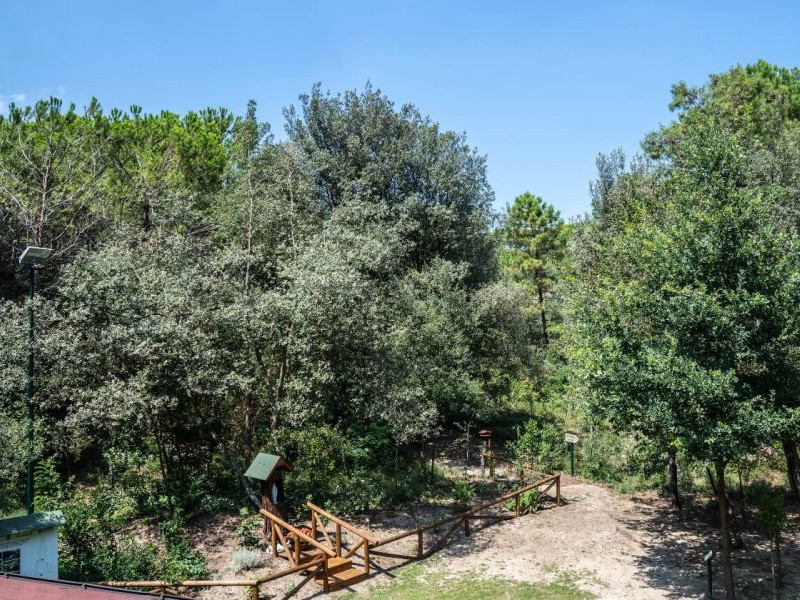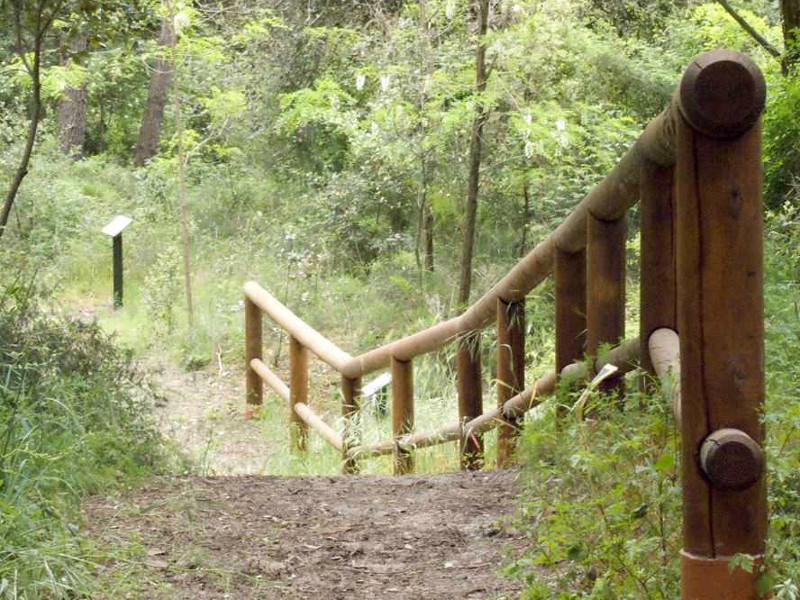- Rete Natura
- Man+
- Agrarian Reform
- Glossary
- Protected Areas
- Birdwatching
- History and Archaeology
- By Boat and on Horseback
- Slow Tourism in the Veneto Parks
- Green Tour - Greenery in Motion
- Water Museum Of Venice
- Download the APP
- Delta Slow
- Delta in Art+
- Cinema
- Letteratura
- Fotografia
- Pittura
- Musica
- Spettacolo
- Webcam
- Visite guidate
- Noleggio bici
- Escursioni a cavallo
- Escursioni in barca
- Escursioni in canoa
- Park Authority+
- Offices and Services
- Who we are
- Completed projects
- Where we are
- Notices and Announcements
- News Archive
- Plan of the Park
- Vas/Vinca
- Activities of the Technical Committee
- Transparent Administration until 22/11/2016
- Legal Notices
- List of Thematic Sites
- Authorisation Forms and Applications
Home » The Po Delta » Biodiversity » Landscape
Fossil Dunes
The dunes are sandy bodies of eolian origin, that is formed by the action of the wind touching the soil. Their shape, height, and width depend on the direction of the wind and on the supply of sand and vegetation. As a matter of fact, the latter aims at trapping the sediment and at preventing the dunes from advancing towards the inland.
The dunes slowly move as the wind pushes the sand up to the ridge. In this way, the upwind side suffers from wind erosion, while the leeward side, on which the sand falls for the gravity, grows.
Most of these morphologies characterizing the delta territory are fossil, that is due to phenomena which have already come to an end. Therefore, they represent irreplaceable "historical snapshots", essential to understand the evolution of the Delta. As a matter of fact, the fossil dunes represent the ancient border between land and sea before the river Po, transporting the detritus towards the mouth, could create the present delta lands, moving forward the coastline.
Their dating has been possible thanks to historical documents and several archaeological finds which have been discovered during various excavation campaigns.
In this way it has been possible to find out eight bars, more or less preserved, which represent eight historical periods.
The most ancient one, which is the westernmost, dates back to the pre-Etruscan period (about 3,000 years ago) and lies near the locations of Loreo and Tombine. In the latter location, fossil dunes reach a maximum height of 2 m above sea level. The most recent dune bar extends along the main route Fossone (S. Anna) - Caleri and almost gets to Po di Levante, with a maximum height of 7 m above sea level and dating back to a period after 1600 AD.
Often these bars are no longer visible because of natural degradation (alluvial phenomena and subsidence) or because of human activities (agricultural activities or sand extractions).
Today, you can admire dune relicts behind the towns of Rosolina, Porto Viro (Donada), and Ariano nel Polesine.
Vegetation
The arboreal and shrubby covering of these environments is characterized by woody species with hard and persistent leaves typical of the Mediterranean area, which settled in the delta area when the climate was warmer, and which still live here.
The settlement of an arboreal vegetation on consolidated dunes is to ascribe to a greater distance from the sea and a windbreak action by the moving dunes, as well as by the shrubby covering consisting of juniper and sea buckthorn of the shrubby area closer to the sea and an innermost area where you can clearly distinguish the coastal wood.
On dry meadows, among the shrubs of the maquis at the edges of the wood it is possible to find various species of land lichens, among which Cladonia rangiformis and Cladonia convoluta.
The arboreal vegetation has been mainly planted by man, and includes Stone Pine (Pinus pinea) and Maritime Pine (Pinus pinaster) mixed with Holm Oak (Quercus ilex), probably autochthonous; a small portion of the territory is interested by the presence of a thick wood consisting of Holm Oaks and Flowering Ashes and representing the natural evolution of vegetation (flowering ash-holm oak wood).
© 2024 Ente Parco Regionale Veneto del Delta del Po
via G. Marconi, 6 - 45012 Ariano Polesine (RO)
Telefono +39 0426/372202 - FAX +39 0426/373035
Email: info@parcodeltapo.org
Certified mail: parcodeltapo@pecveneto.it
Telefono +39 0426/372202 - FAX +39 0426/373035
Email: info@parcodeltapo.org
Certified mail: parcodeltapo@pecveneto.it

- - - - - -





